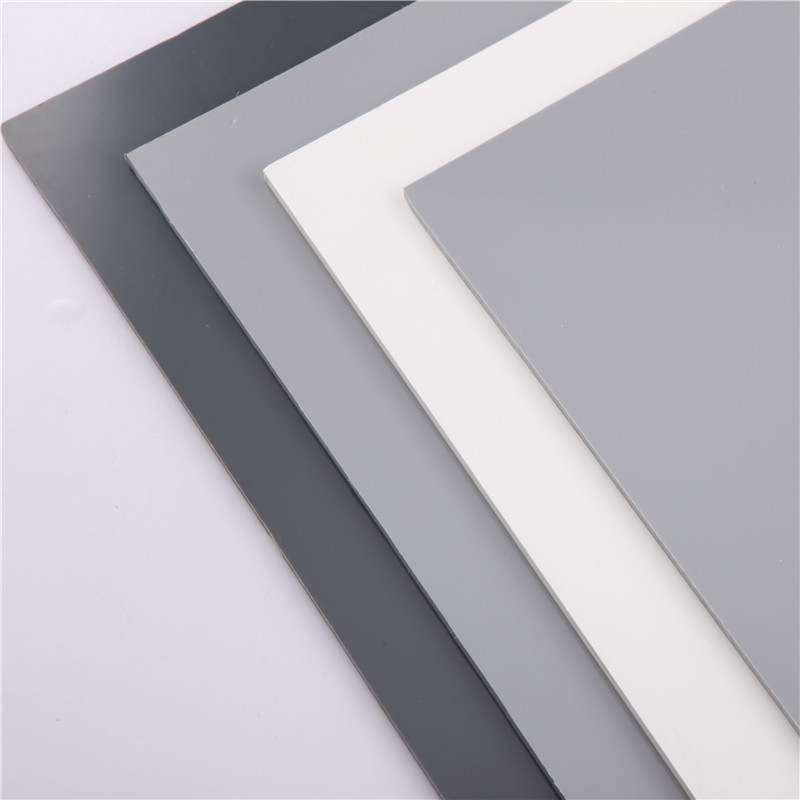Қар . 23, 2024 22:33 Back to list
hdpe drainage pipe
Understanding HDPE Drainage Pipes Benefits and Applications
High-Density Polyethylene (HDPE) drainage pipes have become increasingly popular in various drainage applications due to their impressive performance characteristics and versatility. This article delves into the features, benefits, and typical applications of HDPE drainage pipes, highlighting why they are often the preferred choice for both residential and industrial use.
What is HDPE?
High-Density Polyethylene (HDPE) is a type of thermoplastic made from petroleum. Known for its high strength-to-density ratio, HDPE is resistant to impact, can withstand extreme temperatures, and has excellent chemical resistance. These properties make HDPE an ideal material for manufacturing drainage pipes, which are critical components in stormwater management, agriculture, and municipal systems.
Advantages of HDPE Drainage Pipes
1. Durability One of the most significant advantages of HDPE pipes is their durability. They can last for over 50 years under proper installation and maintenance. The resistance to corrosion and various chemicals means that HDPE pipes won't easily degrade, making them a long-term solution for drainage needs.
2. Flexibility Unlike traditional rigid piping systems, HDPE pipes are flexible, allowing them to withstand ground movement and pressure variations without cracking. This flexibility is particularly beneficial in areas prone to seismic activity or shifting soils.
3. Lightweight Compared to concrete or steel pipes, HDPE pipes are substantially lighter, making them easier to transport and install. This characteristic not only reduces labor costs but also lowers the overall installation time.
hdpe drainage pipe

4. Joint Integrity HDPE drainage pipes are often joined using heat fusion techniques, which create a seamless and watertight connection. This fusion process minimizes the risk of leaks and ensures the integrity of the drainage system.
5. Hydraulic Performance The smooth interior surfaces of HDPE pipes allow for superior water flow and less friction compared to rougher materials. As a result, HDPE drainage systems can efficiently handle larger volumes of water, making them ideal for managing stormwater runoff.
6. Sustainability HDPE is a recyclable material, contributing to environmental sustainability. Many HDPE pipes are made from recycled materials, and at the end of their lifecycle, they can be recycled again, reducing landfill waste.
Applications of HDPE Drainage Pipes
HDPE drainage pipes are used in a variety of applications, including
- Stormwater Management These pipes effectively channel surface water, reducing flood risk and protecting infrastructure from water damage. - Agricultural Drainage In farming, HDPE pipes are used for subsurface drainage systems, helping to manage soil moisture levels and improve crop yields. - Sewage and Wastewater HDPE pipes are suitable for sewage applications due to their resistance to various chemicals and pathogens. - Leachate Collection In landfills, HDPE pipes aid in the collection and management of leachate, ensuring that harmful substances do not contaminate surrounding soil and groundwater.
Conclusion
HDPE drainage pipes offer a robust, flexible, and reliable solution for a wide range of drainage needs. Their superior durability, ease of installation, and excellent hydraulic performance make them an excellent choice for both residential and industrial projects. As environmental considerations become increasingly paramount, the sustainability aspect of HDPE pipes further enhances their appeal. Whether for stormwater management, agricultural applications, or wastewater systems, HDPE drainage pipes continue to be a leading choice for engineers and builders across the globe.
-
Premium CPVC Sheet: High-Temp & Chemical Resistant Solutions
NewsAug.15,2025
-
Durable PPR Pipe for Hot & Cold Water Systems - Easy Install
NewsAug.14,2025
-
Durable HDPE Sheet | Versatile & Impact-Resistant Plastic
NewsAug.13,2025
-
Premium PVC Soft Sheets: Clear, Flexible & Durable
NewsAug.12,2025
-
Premium PVC Round Rods: Durable, Chemical Resistant, Easy to Machine
NewsAug.11,2025
-
PP U-channel: Chemical-Resistant, Lightweight & Durable
NewsAug.10,2025

